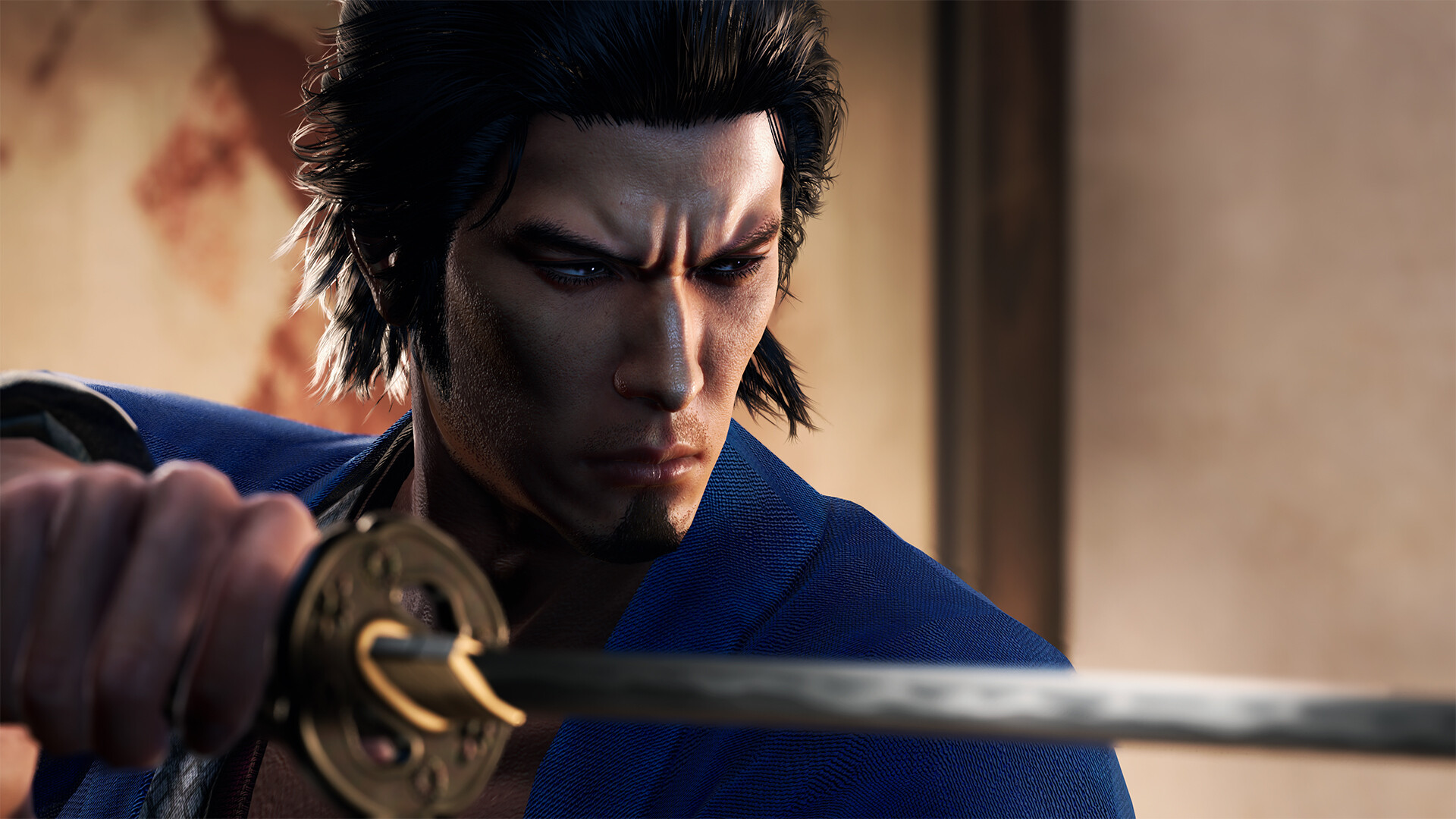Tom's Guide Verdict
Like a Dragon: Ishin is yet another enjoyable entry in the fan-favorite Yakuza franchise, but this time with an historical samurai twist. The strong story and generous gameplay variety should keep most players hooked until the end, even if they have to endure some long cutscenes along the way.
Pros
- +
Excellent gameplay variety
- +
Strong story and characters
- +
Interesting historical setting
- +
Plenty of sly nods to series fans
Cons
- -
Unbalanced combat styles
- -
Long, frequent cutscenes
Why you can trust Tom's Guide
Like a Dragon: Ishin isn’t technically a new game, but it will probably seem like one for most Western fans. This spin-off in the long-running Yakuza franchise debuted on the PS3 in 2014, but never crossed the Pacific, until now. The developers once claimed that the game was “impossible to localize” due to its historical Japanese setting, which requires players to know many of the important people, ideas and terms of the time.
Platforms: PC (reviewed), PS4, PS5, Xbox One, Xbox Series X/S
Price: $60
Release Date: February 21, 2023
Genre: Action/adventure
However, Like a Dragon: Ishin is finally here, and Yakuza fans will probably be glad that it is. Rather than playing as a former yakuza in modern-day Tokyo, Ishin casts you as a samurai in Edo-era Japan, and challenges you to master the swords, guns and martial arts endemic to that time.
Still, once you get past the change in setting, the game is pure Yakuza underneath. There’s still a complex, twisting story about a wronged man whose revenge plot gets him tangled up in a national conspiracy. There’s still a big city to explore, replete with humorous substories that are usually just as engaging as the main narrative. There’s still a complex battle system to master, lots of equipment to collect, and a ton of minigames that run the gamut from “trivial” to “unmissable.”
In short, Ishin is another Yakuza game, and that’s mostly a good thing. Read on for our full Like a Dragon: Ishin review.
Like a Dragon: Ishin review: Gameplay
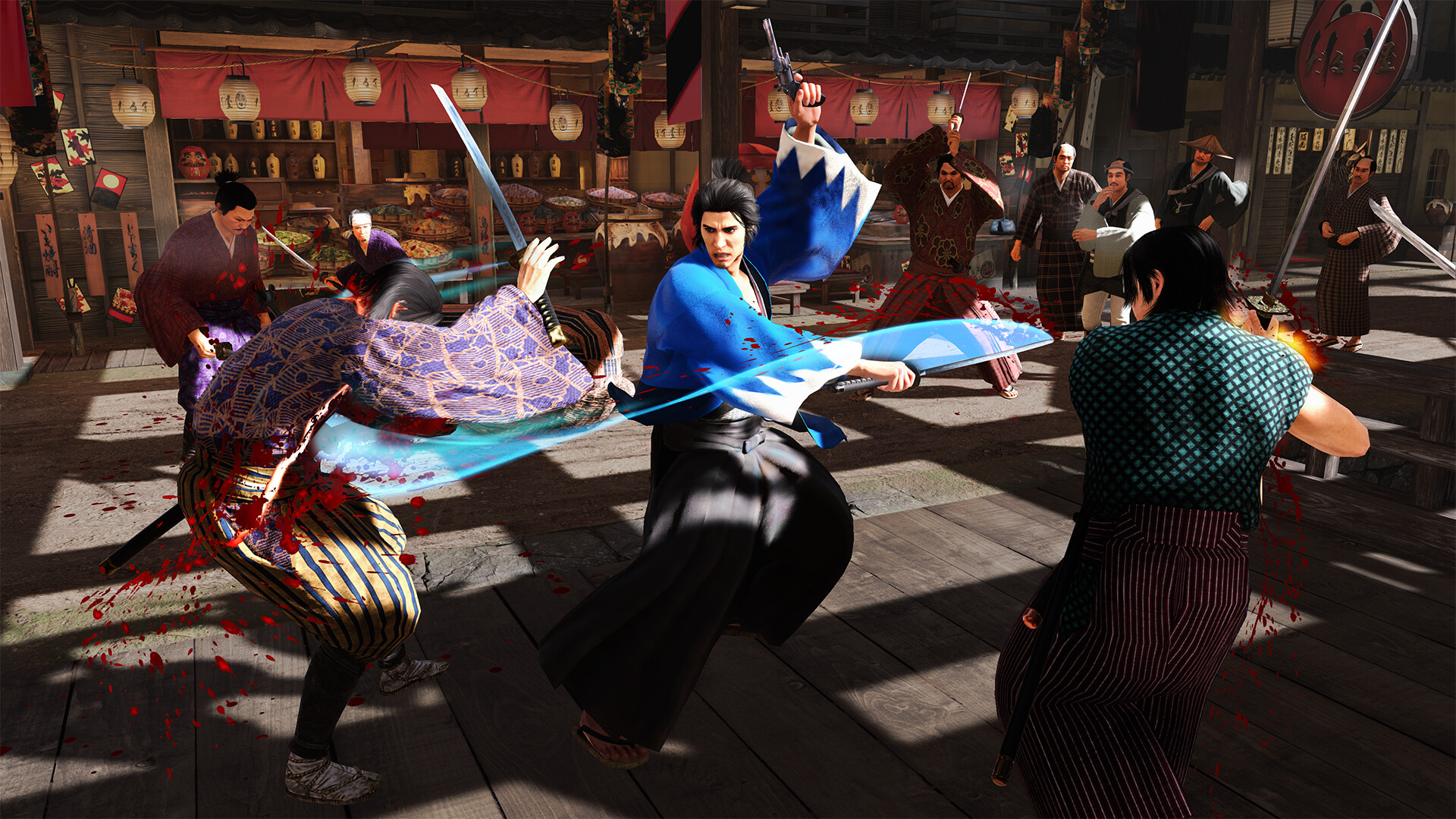
If you’ve played a Yakuza game before, Like a Dragon: Ishin is extremely easy to describe: It’s a Yakuza game with a samurai skin. If you’ve never played a Yakuza game before, though, it’s a bit more difficult to define exactly what the game is.
You play as a samurai in 19th-century Kyo (present-day Kyoto) named Sakamoto Ryoma. (Sakamoto was a real person, and Ishin portrays real historical events, but the game plays fast and loose with both the people and events involved.) After witnessing a brutal murder, Sakamoto sets off on a quest for revenge, working his way through the political and martial machinations of the ruling samurai as he does so.
While Ishin contains a ton of different gameplay systems, combat is probably the deepest and most detailed. As you explore Kyo, you’ll encounter rogue samurai, greedy bandits, seedy drunkards and other belligerent foes on seemingly every other streetcorner. You can fight them off with a combination of regular attacks, finishing moves, blocks, evasions and situational “Heat” actions that dish out a ton of damage, but drain a valuable resource. It’s pretty similar to other action games — and extremely similar to the rest of the Yakuza series. But each punch, kick, sword strike and gunshot feels like it has some weight behind it, and stringing together flashy combos feels sufficiently satisfying.
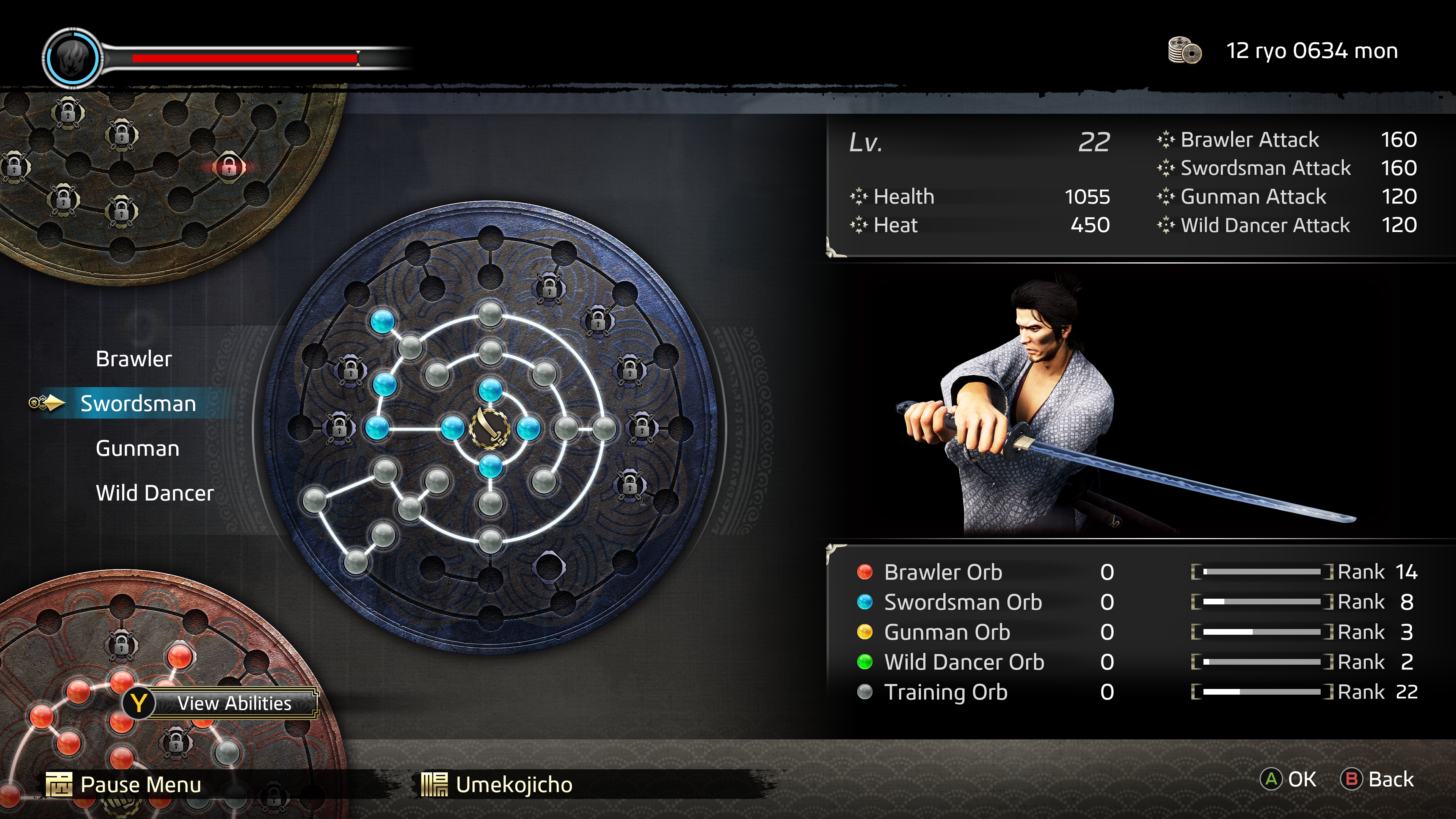
The interesting twist this time around is that Sakamoto has four completely different combat skill trees to upgrade. Swordsman, Gunman and Brawler are all self-explanatory, while Wild Dancer combines sword and pistol techniques.
On the one hand, each style feels distinct, and mastering all of them over time is rewarding. In an especially clever move, you can upgrade each skill tree with both temporary and permanent skill orbs, encouraging you to experiment with new styles while continuing to hone the ones you really like.
On the other hand, there’s no denying that the Swordsman style is considerably more useful than the other styles. Most boss fights practically require it. Having to fall back on Swordsman for major plot points feels limiting. Furthermore, if you neglect to level up your Swordsman style, you may find yourself essentially backed into a corner during some mid-game boss fights, since you can’t simply level-grind for more skill orbs during most plot missions.
Beyond that, there are more gameplay systems than we could reasonably cover in a broad review. Simply walking around the lushly rendered 19th-century Japanese cities is a substantial part of the game, as is availing yourself of the shops, restaurants and shrines that you find there. Mini-games range from fishing, to fan dances, to managing an entire farm, and most of them have rewarding substories to go along with them. While combat is arguably the game’s central pillar, it’s far from the only meaningful activity, and the sheer variety of gameplay systems makes Ishin easy to lose yourself in for hours on end.
Like a Dragon: Ishin review: Story
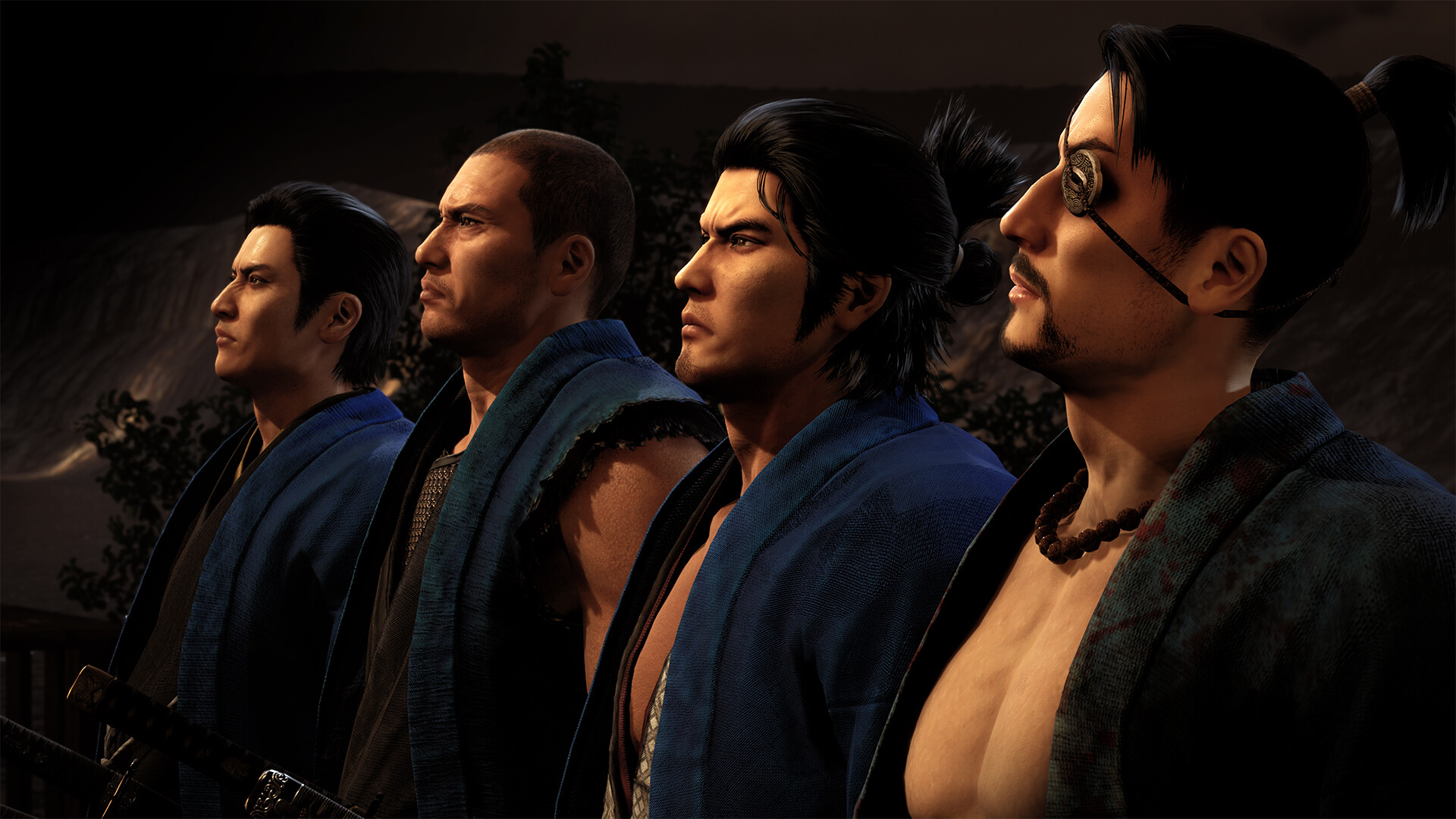
Like most Yakuza games, Like a Dragon: Ishin has a gripping narrative with lots of twists and turns. And, like most Yakuza games, it also spins this yarn through frequent barrages of cutscenes, some of which go on for way too long.
The big draw of Ishin is that it takes place in a completely different setting, but still maintains the same general vibe of the Yakuza series, as well as the same central characters — sort of. The game follows Sakamoto Ryoma, a low-level samurai in 19th-century Kyo. After a mysterious assassin murders Sakamoto’s master, Sakamoto starts and investigation that pits him against the ruling samurai class. A complex web of intrigue on both the national and international levels follows.
The first thing that struck me about Ishin is that it’s not nearly as hard to follow as I’d feared, knowing that the devs once considered it an “impossible” title to localize. This is partially due to an excellent translation, but also partially due to an in-game glossary, which can summarize important terms and locations, even during dialogue exchanges. There’s an in-game codex that keeps track of characters and their relationships with one another. Soon enough, you’ll know precisely where Tosa is located, why the Bakufu is a major force in Japanese history, and precisely who Takechi Hanpeita was.
It's also entertaining to see which Yakuza characters show up, a good 150 years before they were ever born. While the game includes some real historical characters, it doesn’t go for visual accuracy, favoring franchise consistency instead. Series protagonist Kazuma Kiryu stars as Sakamoto, of course. But fan-favorites Goro Majima, Taiga Saejima and Shun Akiyama also show up, complete with regular voice actors in tow. Seeing these characters with new personalities, in new situations is consistently entertaining, particularly since you’re never quite sure who will show up next.
The only real downside here is that cutscenes pop up frequently, and overstay their welcome almost as often. It’s not uncommon for a series of cutscenes to go on for 15 minutes or more, often throwing a ton of new characters, terms and plot developments at you along the way. It can get tedious, but this is how the series has always done things, so returning fans know what they’re in for.
Like a Dragon: Ishin review: Visuals and sound
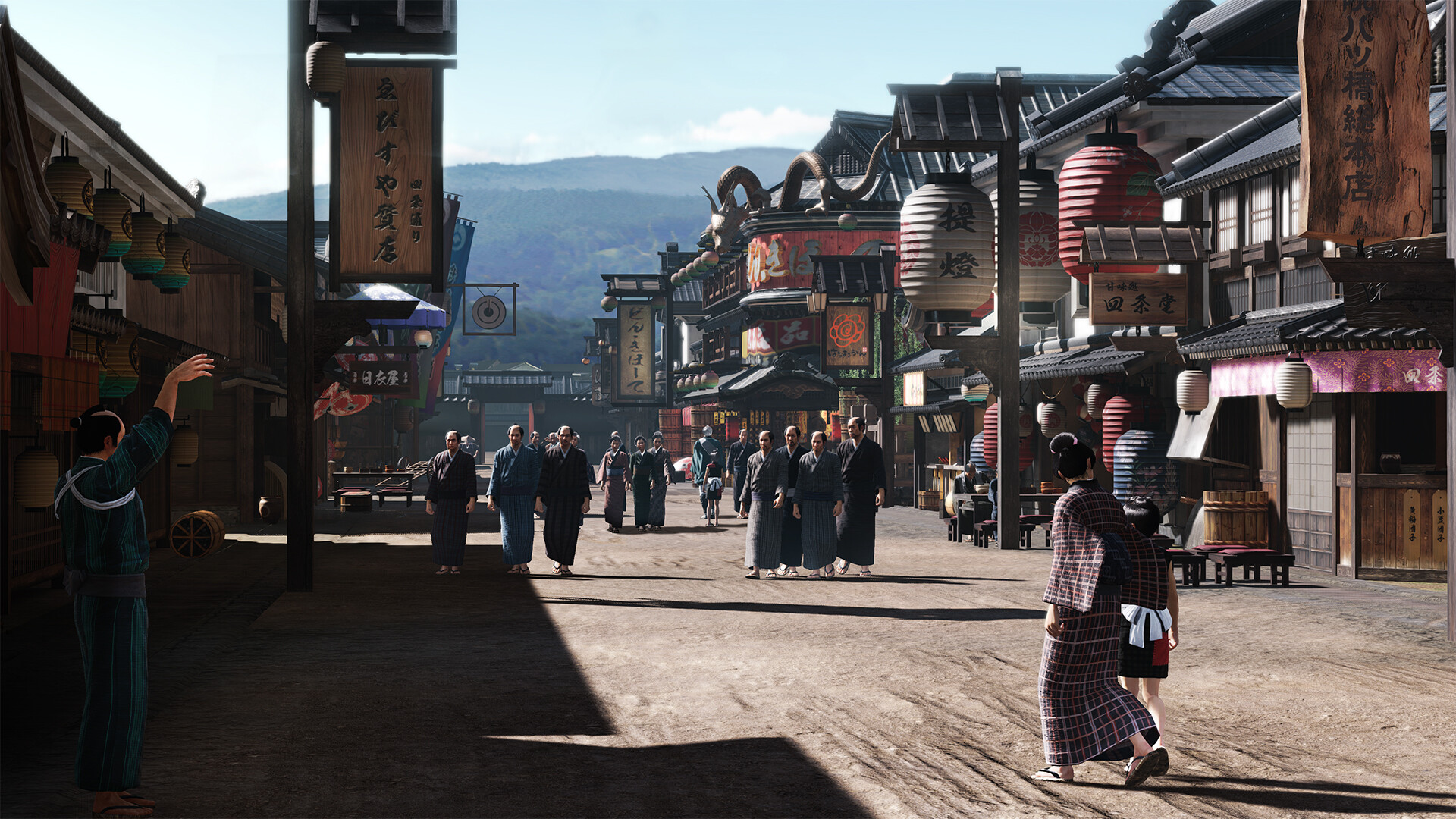
As a remaster of a PS3 game, Like a Dragon: Ishin isn’t the most gorgeous game you’ll find on current-gen systems. The character models are distinct and detailed, and the world has a wonderful sense of scale and setting. At the same time, the color palette is a bit muted, and Kyo doesn’t feel quite as vibrant or alive as Kamurocho in some of the newer Yakuza titles. Initiating dialogue will sometimes make background characters simply disappear, which hurts the otherwise-excellent sense of immersion.
In terms of music and voice acting, though, Ishin is top-notch. The score is a mix of traditional Japanese strings and flutes, along with modern electric guitars and drums. It’s not a period-accurate soundtrack by any means, but as an eclectic mix of modern design and sideways history, it fits the game’s tone incredibly well.
The series’ usual voice actors return here, and Takaya Kuroda as Sakamoto delivers his trademark mix of earnestness and mild surprise. It’s Hideo Nakano as Takechi, however, who does a lot of the heavy lifting, conveying a sense of familial loyalty, political idealism and violent pragmatism, all at the same time.
Like a Dragon: Ishin review: Verdict
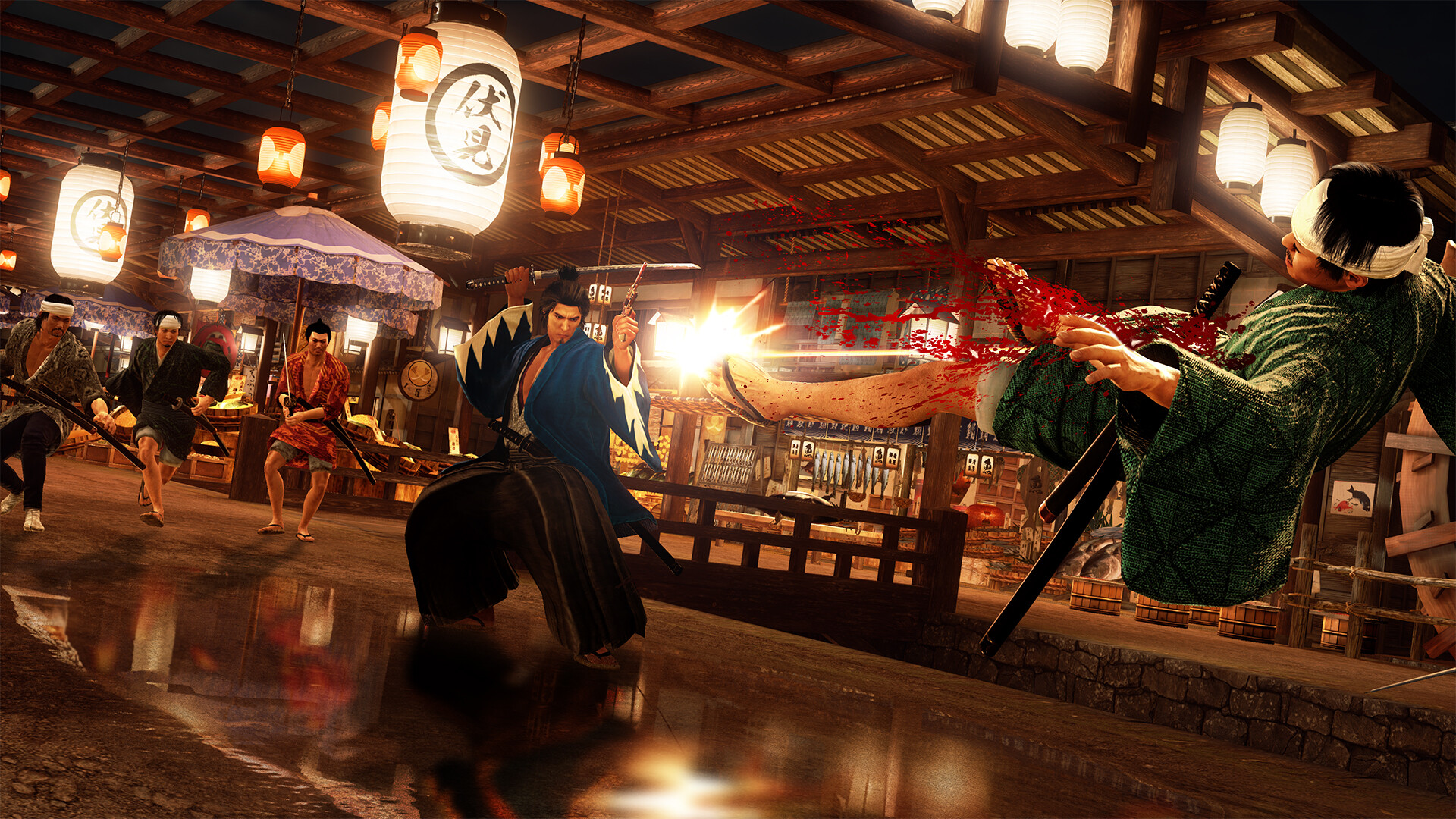
Like a Dragon: Ishin may look much different from a traditional Yakuza game. But play it for a few hours, and it all starts to feel pretty familiar — particularly if you’ve played the remasters of other PS3 Yakuza titles, with similar gameplay styles and graphics.
However, the game wants to be “Yakuza, but in 19th-century Japan,” and it accomplishes exactly that. It’s still got a thoroughly enjoyable, customizable combat system with a strong story and tons of weird side activities. The cutscenes are too long and some of the gameplay systems are jankier than others, but that’s all par for the course, too.
Like a Dragon: Ishin is simply a well-crafted action/adventure game, with lots of depth and a keen sense of style. And if you accidentally learn something about Edo history in the process, well, so much the better.
Marshall Honorof is a senior editor for Tom's Guide, overseeing the site's coverage of gaming hardware and software. He comes from a science writing background, having studied paleomammalogy, biological anthropology, and the history of science and technology. After hours, you can find him practicing taekwondo or doing deep dives on classic sci-fi.
